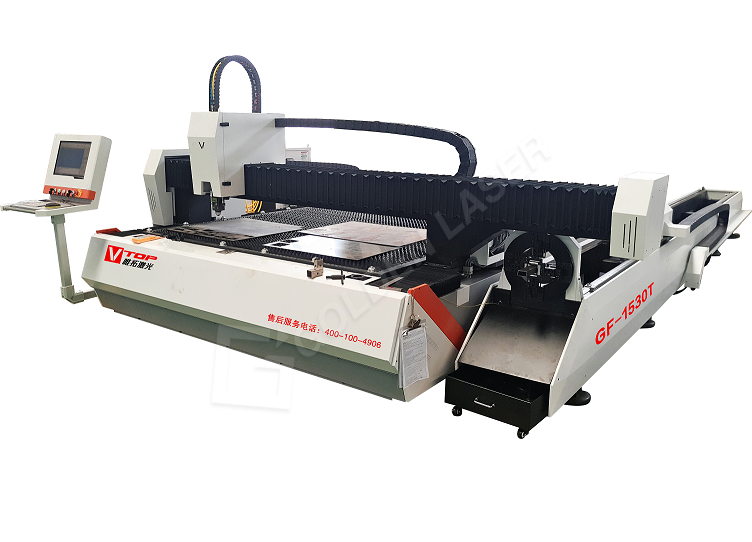
Replying to myself, though only one link:http://m.cancer.org/cancer/cancercauses/othercarcinogens/athome/cellular-phones
If you desire to obtain a great deal from this piece of writing then you have to apply such techniques to your won webpage.
Methane has also been used as a carbon source. In particular it has been used to obtain ‘nanotube chips’ containing isolated SWNTs at controlled locations. High yields of SWNTs have been obtained by catalytic decomposition of an H2/CH4 mixture over well-dispersed metal particles (Co, Ni, Fe) on MgO at 1000°C. It has been reported that the synthesis of composite powders containing well-dispersed CNTs can be achieved by selective reduction in an H2/CH4 atmosphere of oxide solid solutions (between a non-reducible oxide such as Al2O3 or MgAl2O4 and one or more transition metal oxides). The reduction produces very small transition metal particles at a temperature of usually >800°C. The decomposition of CH4 over the freshly formed nanoparticles prevents their further growth, and thus results in a very high proportion of SWNTs and fewer MWNTs."
Why? This is the approach of most normal people to environmental protection issues, it’s just honest. Only hardcore environmentalists who give the issue of environmental protection the highest priority do not value their convenience. We can not influence the climate anyway. So it is better to think about how we adapt to it’s (natural) changes, than to get back to pre-industrial stone age in the hope we have any influence.

No it isn’t but techniques for portable EMP generation is well known – some way to provide large amounts of energy in a short pulse and then radiating it as radio waves. The most space efficient way is using a explosively pumped flux compression device but those have the problem of explosives, using a truck full of charged capacitors + some type of radio generator would be more practical and reusable (at least if the truck electronics are protected).
Both ByTrans Cross and BySort are controlled using the laser cutting system’s touch screen. Bystronic’s ByVision Cutting user interface, which is already being used on the latest generation of Bystronic’s fiber lasers, integrates the cutting processes and the connected automation. It removes the need for an operator to waste time walking between separate terminals for the laser cutting system and the automation equipment.
I must thank you for the efforts you’ve put in penning this blog. I am hoping to view the same high-grade blog posts by you in the future as well. In truth, your creative writing abilities has encouraged me to get my own blog now
China’s voracious appetite for iron ore helped to drive economic booms in Australia, Brazil and other supplier countries. Mills bought Western and Japanese smelter technology.

Bah! What kind of hack is THAT?! Since the induction gadget is tolerant of a wide range of voltages, just use a saltwater variac, a big honkin’ bridge rectifier, and a saltwater capacitor for filtering. There’s probably some way to homebrew a rectifier (using saltwater?), but I can’t think of it at the moment.
I live in California and would love a high speed rail! The citizens of California voted for one in 2008. Unfortunately, it is overbudget and behind schedule, like most infrastructure projects in California. I wish we hired a Chinese or Japanese maglev company to build it rather than have it be slowly administered by the incompetent elected leaders of this state.
An overview of the layer-by-layer consolidation process is shown in FIGURE 2, where prepreg tows are heated to the prescribed temperature just prior to consolidation by a rotating mandrel. By using targeted laser heating, high rates of composite prepreg consolidation are achieved (up to 2400in/min.), representing a speed improvement of over 400% compared to AFP systems that use heated gas or provide feedback temperature control of the heating process. The feedback control directly controls the electrical current to the laser diodes and therefore optical power. Because heating is only delivered to the prepreg, unwanted parasitic heating of the AFP head is minimized, which reduces AFP downtime and increases overall productivity. High-density laser diodes, combined with miniaturized temperature sensors, lead to a compact system that can directly replace existing heating systems without impacting the overall AFP processing envelope.
Nope, it draws 6A with no load. I have ran it up to 23A at 48V. The power supply is pulling 1100 Watts from the 120VAC outlet when a large load is introduced. I have it hooked up to a power meter.
In an effort to finest meet up with client's requirements, all of our operations are strictly performed in line with our motto "High High quality, Competitive Rate, Fast Service" for Small Pipe Cutting Machine , Laser Machine With Sheet And Rotary Tube Cutter , Stainless Steel Tube Punching Machine , Item have passed by means of the national qualified certification and been well received in our main industry. Our expert engineering team will often be ready to serve you for consultation and feedback. We have been able to also deliver you with cost-free samples to meet your specs. Ideal efforts will probably be produced to deliver you the most beneficial service and solutions. Should really you be interested in our company and solutions, please make contact with us by sending us emails or call us straight away. To be able to know our solutions and enterprise. ar more, you'll be able to come to our factory to see it. We will constantly welcome guests from all over the world to our firm. o build business enterprise. elations with us. You should feel absolutely free to speak to us for organization. nd we believe we are going to share the best trading practical experience with all our merchants.
